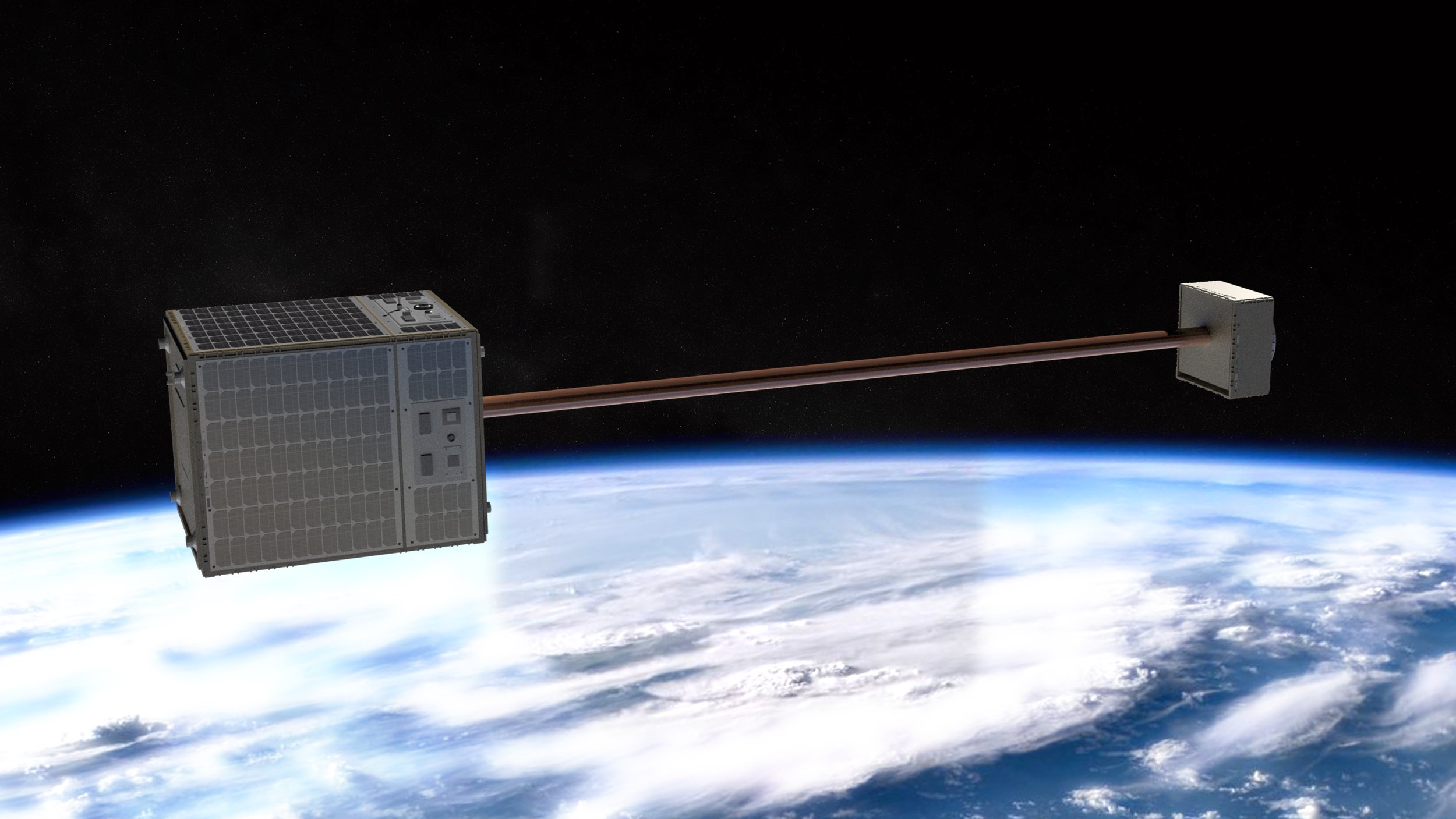
Accelerating life off-planet
gravityLab provides programmable gravity for research and manufacturing in space.
Understanding partial gravity
Elon Musk wants to occupy Mars, Jeff Bezos wants millions of people living and working in space, and NASA wants to establish a long term presence on the Moon and use that to take the next giant leap to Mars. Yet none of them are able to seriously explore what will happen to life and systems, long term, after they reach those destinations.
Despite decades of research into how life adapts to space, practically no meaningful way has yet been developed to understand whether there is a gravity threshold for life between zero gravity and Earth gravity. Unanswered questions exist in every discipline, from the physical sciences (e.g. fire safety for astronauts), to simple microorganisms and plant life, to more complex multi-generation model organisms (e.g. laboratory mice).
gravityLab is building well-instrumented and controllable experiment volumes, and working with a spacecraft bus subcontractor to build small (~200 kg) spacecraft, which will be launched to orbit as commercial rideshare payloads, currently the lowest-cost way to fly to Earth orbit. Once in space, each of our spacecraft will use long (20m) deployable booms, and spin end-over-end to produce controllable, adjustable artificial gravity, suitable for conducting long-duration experiments. Read our Payload Users Guide to learn more about how gravityLab can accommodate your partial gravity research.
gravityLab uses small satellites in Earth orbit to provide programmable gravity for long duration, remotely operated research environments.
We believe that the economic future of humankind is in space, and we share in a common vision of millions of people living, working and playing in space.
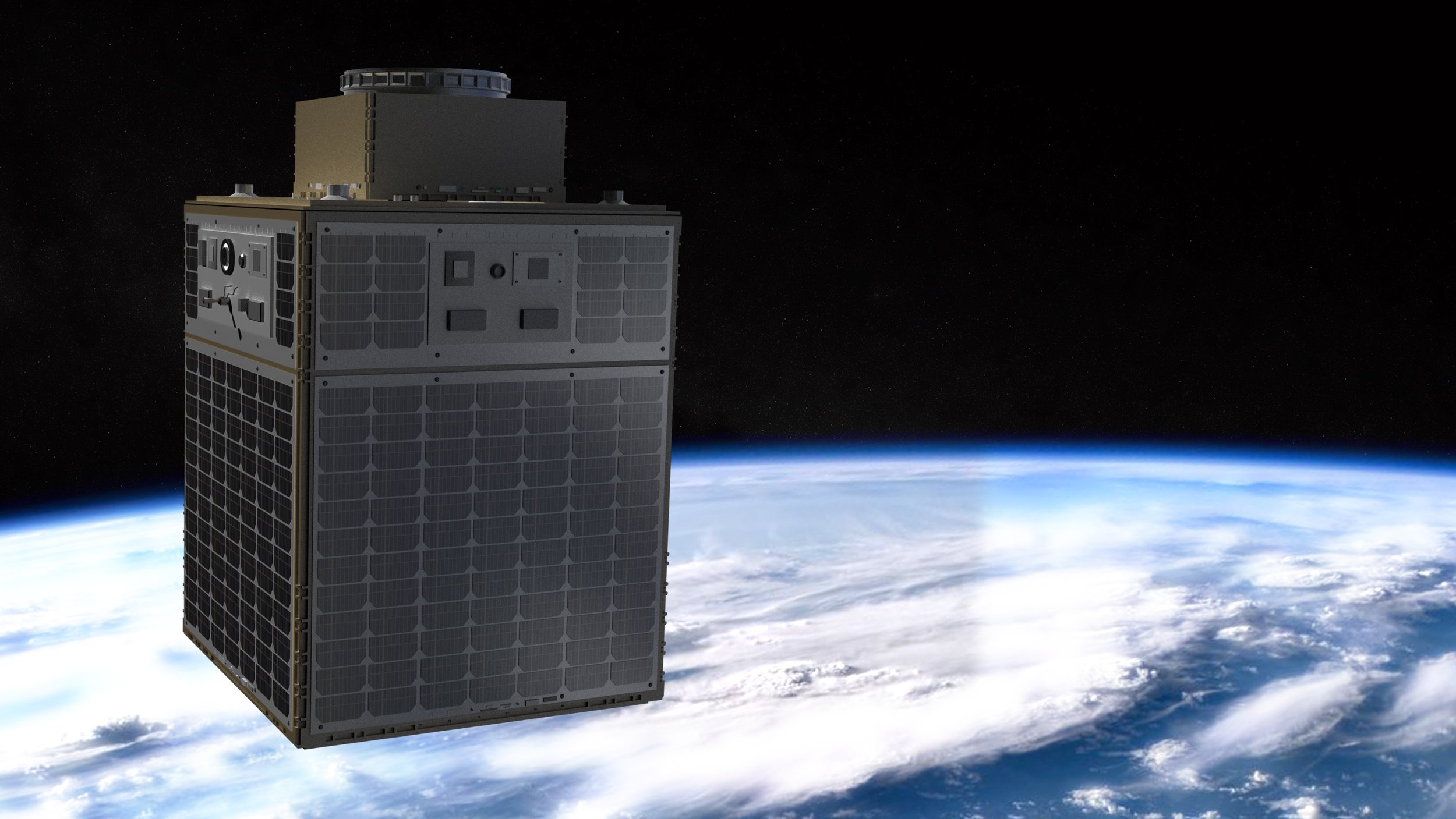
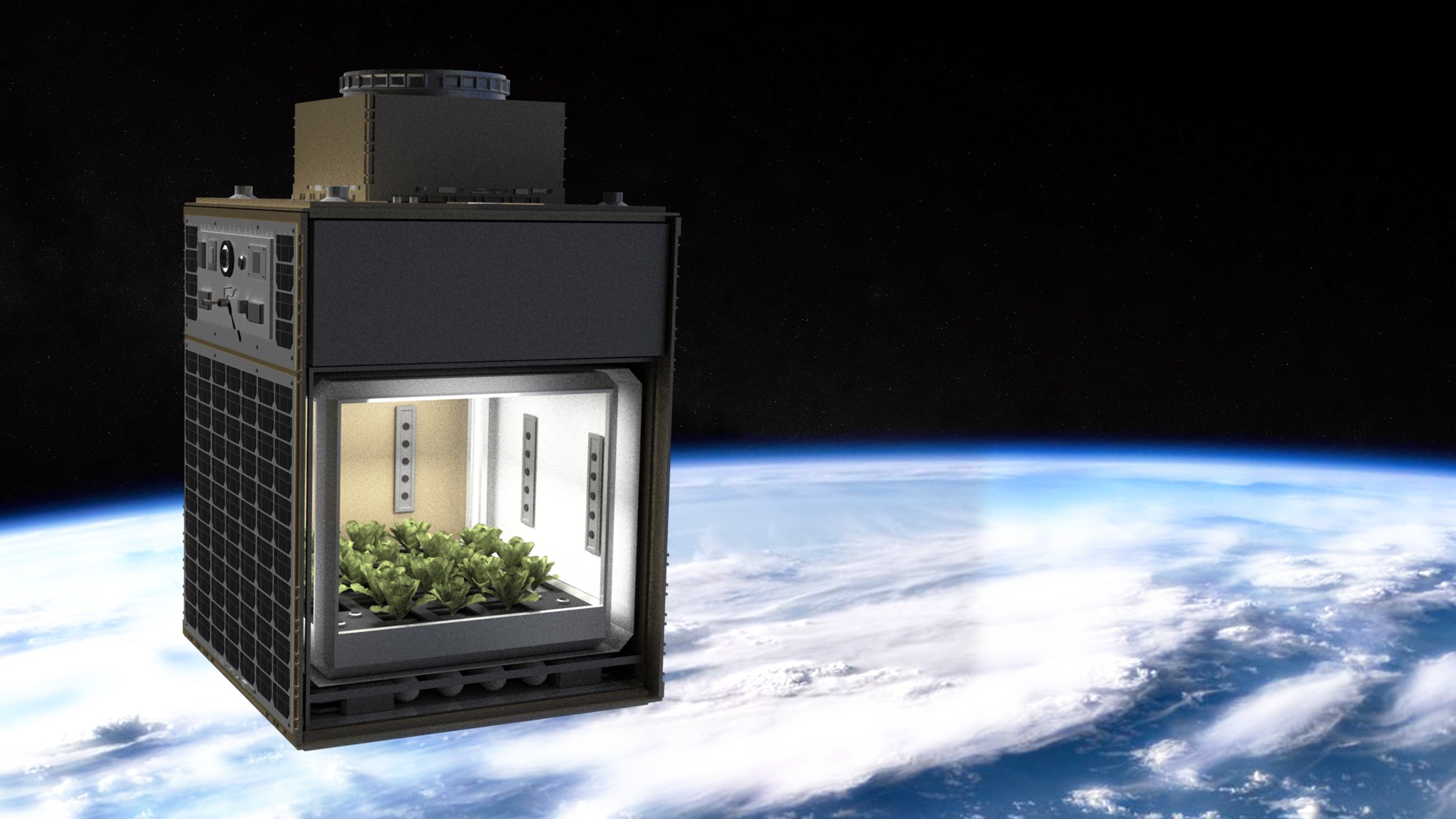
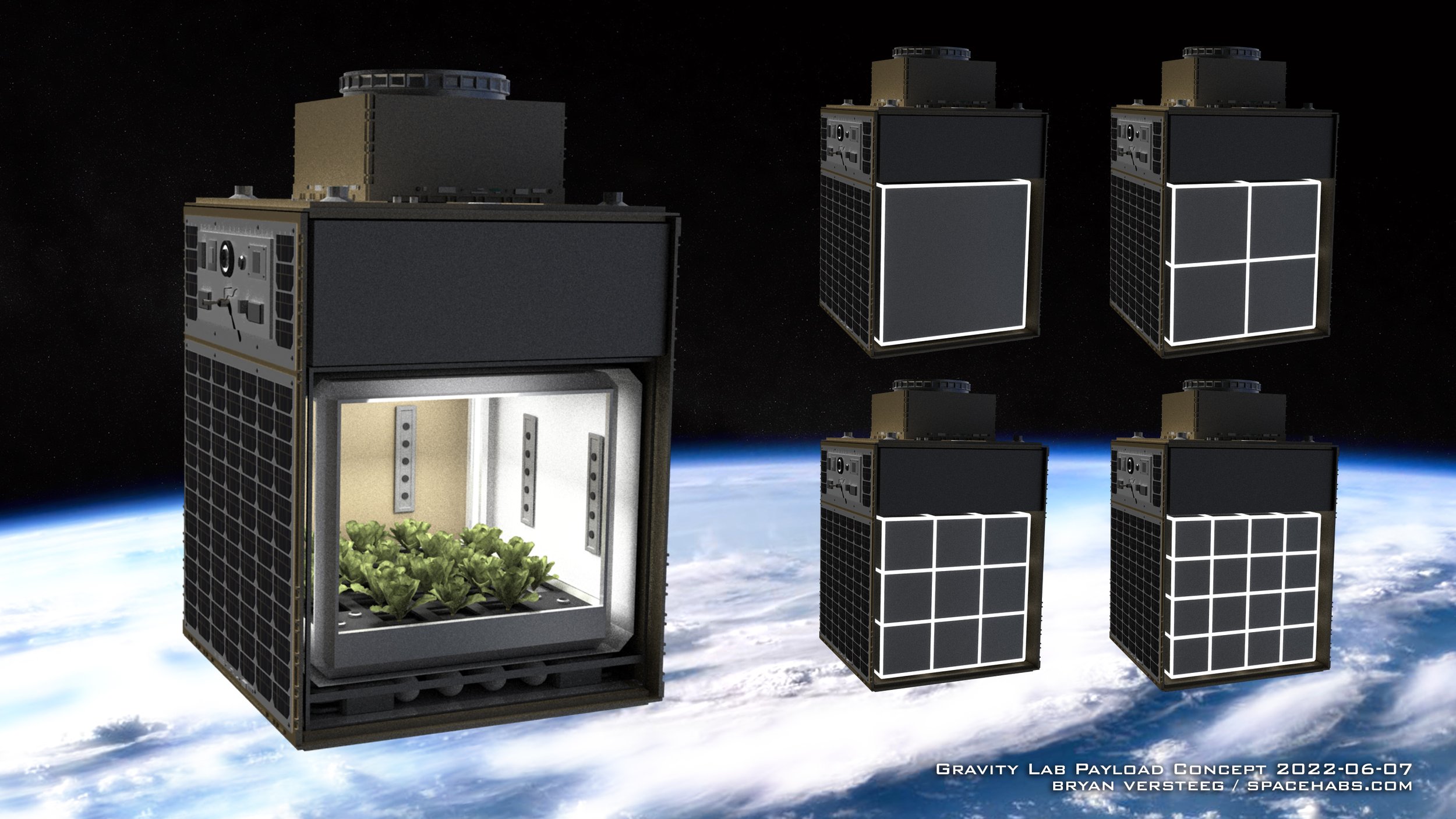

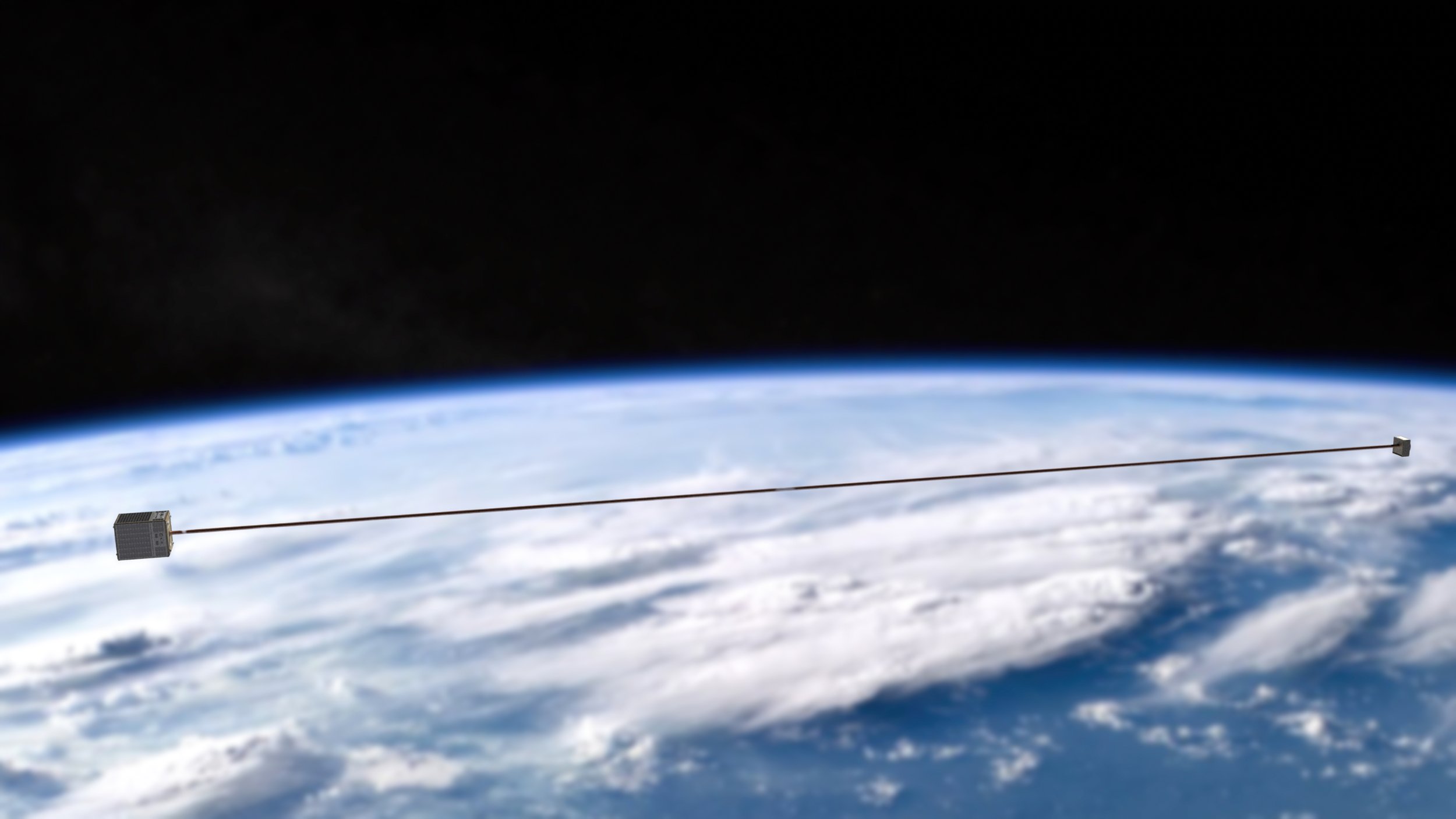
Applications of Partial Gravity
Plant / Crop Science
Can we grow high-yield crops in Lunar or Martian gravity? What are the optimum conditions for yield? For long duration platforms, is there a minimum threshold of gravity for crop growth in spin-gravity space station or Mars-bound crews?
Physical Sciences
How do you put a fire out on the Moon? How fast would a fire spread in the Artemis Base Camp environment? How will fluid flow, sediments settle, particles flocculate, and other important industrial processes work in altered gravity?
Biology and Life Sciences
What will happen if you try to have babies and raise a family on the Moon or Mars? How does long duration Lunar or Martian gravity affect fundamental biological processes and subsystems upon which health depends? What happens across generations of life in gravities different than Earth?
Decades of experience in capsules, space shuttles and space stations have unambiguously shown us that long duration zero gravity is bad for us. Our history on Earth shows us that its gravity is good. But we don’t know what the shape of the curve is that connects these two points – a curve that both the Moon and Mars are on.
gravityLab will help to efficiently and expediently explore answers to these questions through our partial gravity platforms.



